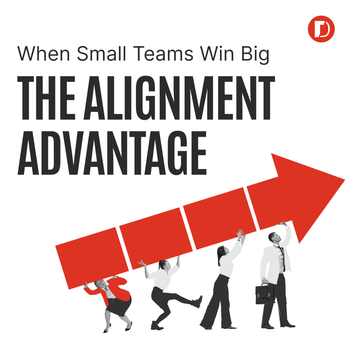Defining Your USP: Why Do People Buy Your Products?
by Ana Gotter • April 29, 2019
You’ve got an upcoming hiking adventure, but you need some new supplies. If you type in “hiking boots” or “walking stick” on Google, you’ll immediately be met with thousands of different options to choose from, available from all over the world.
This is excellent news for you, the hiker consumer who wants to find the absolute right product for your specific needs. Have wide feet? You can find boots that fit. Are you short and don’t want too-tall walking sticks? There are some with adjustable height!
It’s not such great news, however, for the businesses trying to sell to you. Brands are often left wondering how they ever have a chance to stand out with so many competitors already a few steps ahead of them, especially if they’ve been around longer.
Even if your business is brand-spankin’-new, however, and you’re starting from scratch, there’s an effective way to still stand out and attract your target audience, and that’s going to be finding and defining your unique selling proposition.
What is a Unique Selling Proposition?
Your unique selling proposition (USP) is essentially the reason why users are buying from you specifically. It’s what sets you aside from all of your competition, even if you’re selling almost the exact same thing. It pretty much answers the question all users ask: Why should I care, and what’s in it for me?
Your USP is something that needs to be woven into your branding, your marketing, and your customers’ experiences. Some brands opt for a value- or priced-based USP, others look at exclusivity, or effectiveness, or use case, and some will opt for social or moral USPs.
Here are a few examples:
- TOMS shoes donates a pair of shoes for every pair purchased.
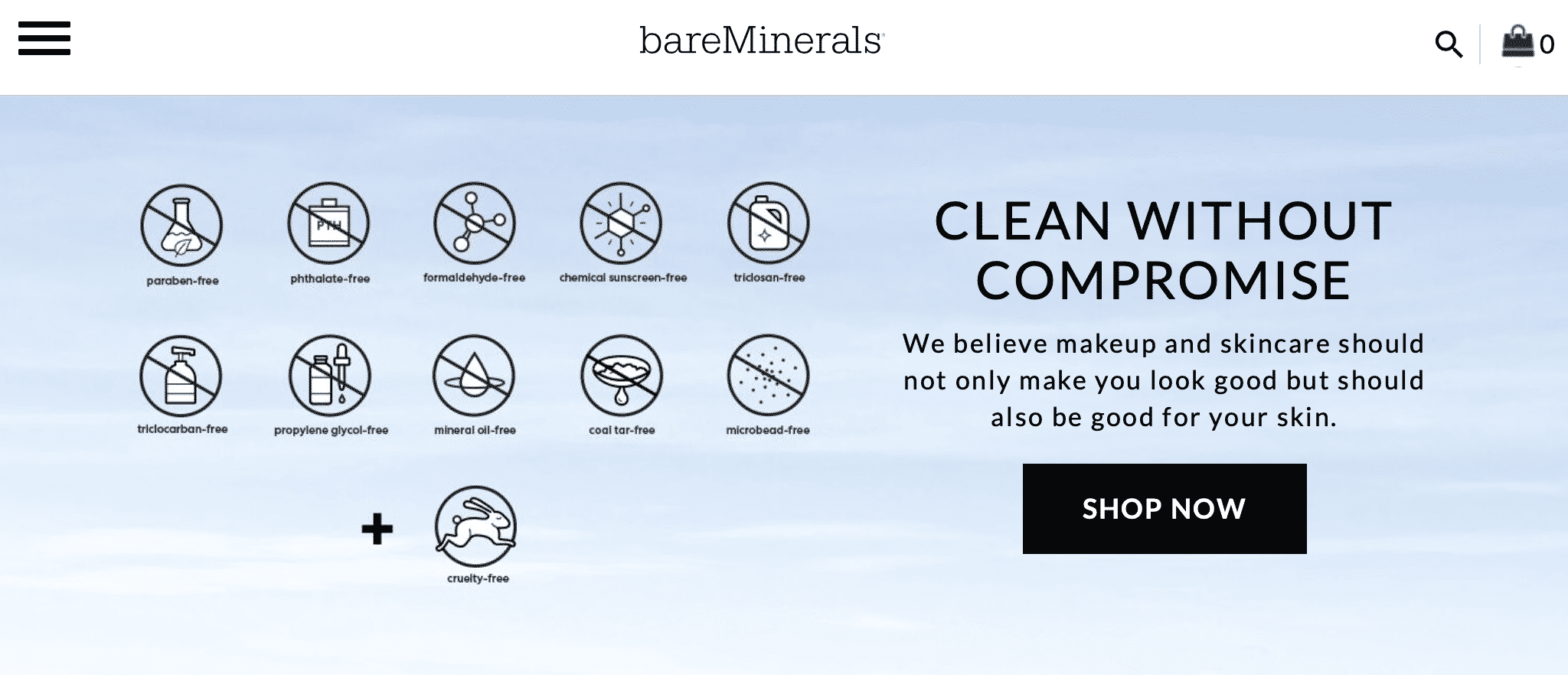
- Bare Minerals is all about “clean without compromise,” promising to keep toxic ingredients out of their makeup.
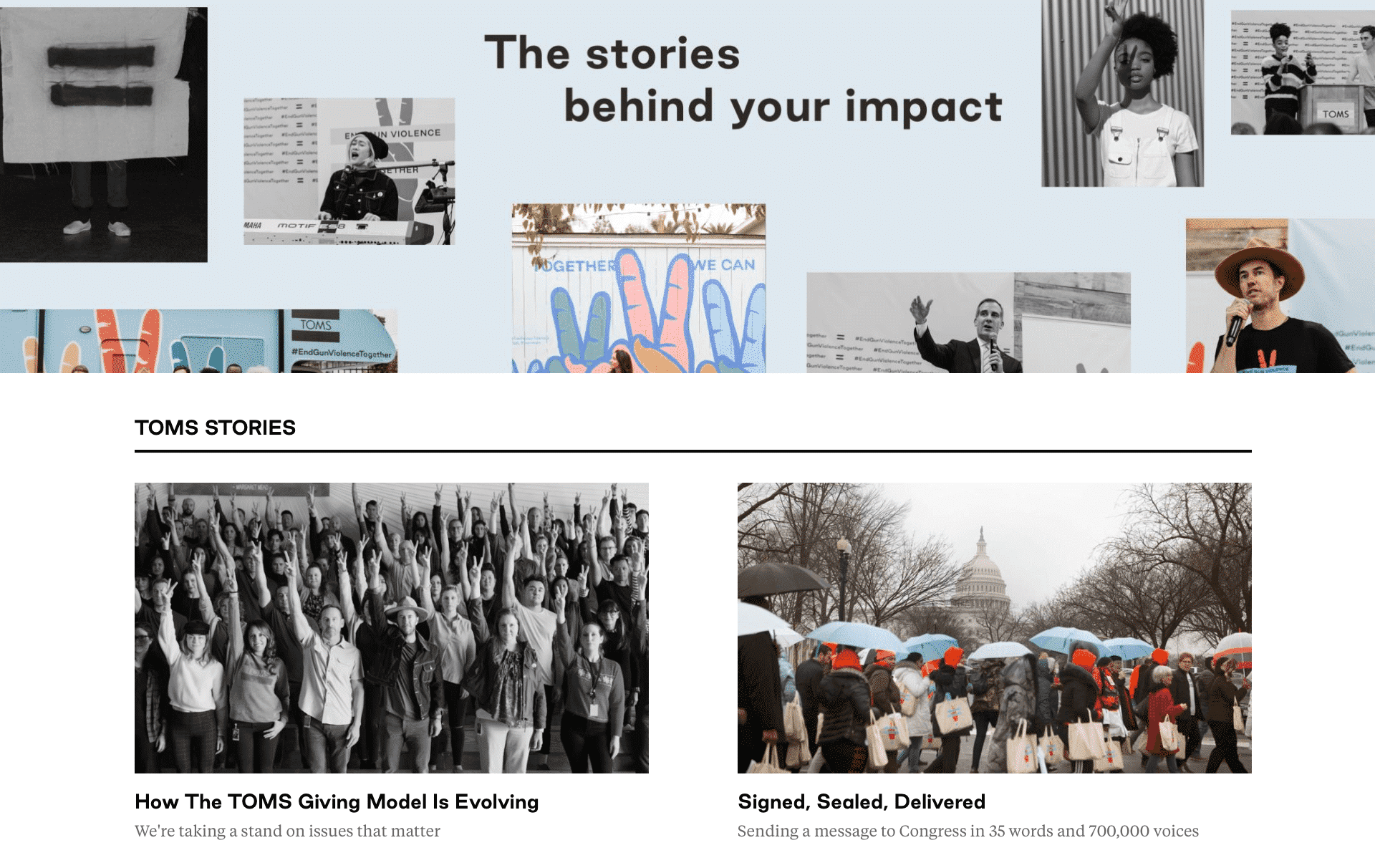
- Massey pest services are all about their customer service, promoting a 100% customer satisfaction guarantee online and making sure to stress it in person.

- Orange Plumbing promises fast, same day service for emergencies, which is something many competitors can’t. They want to be your go-to person no matter what time of day you need them.

Your USP will be something that you need to develop for yourself.
In this post, we’re assuming that you’ve either started a business online already or are in the beginning developmental stages of doing so, and we’ll take you through the process of finding and developing your USP.
1. Consider What You Have to Offer
Take a look at your site and your marketing materials. What benefits of your brand, product, or service are you stressing, and how exactly are you going about doing so? Examine your product and brand and all of their best features.
Let’s look at an example and say that you’re selling organic coffee that comes from a sustainable, ethical farm where farmers are paid for their labor. The coffee is outstanding, with a strong, rich, and nutty flavor, and it’s also low acidity (I know, it’s magic coffee, work with me here).
Given all of this, it’s unlikely that you can really go for the affordable, price point USP. You don’t have to promise to be the cheapest option out there—we’ve already got Folgers for that, and you have a number of other USPs that people are willing to pay more.
Sustainable is important. Organic is important to buyers, too. Creating a USP around the idea that the best cup of coffee you can drink is the best one for the planet, too, is a powerful proposition that will draw people in.
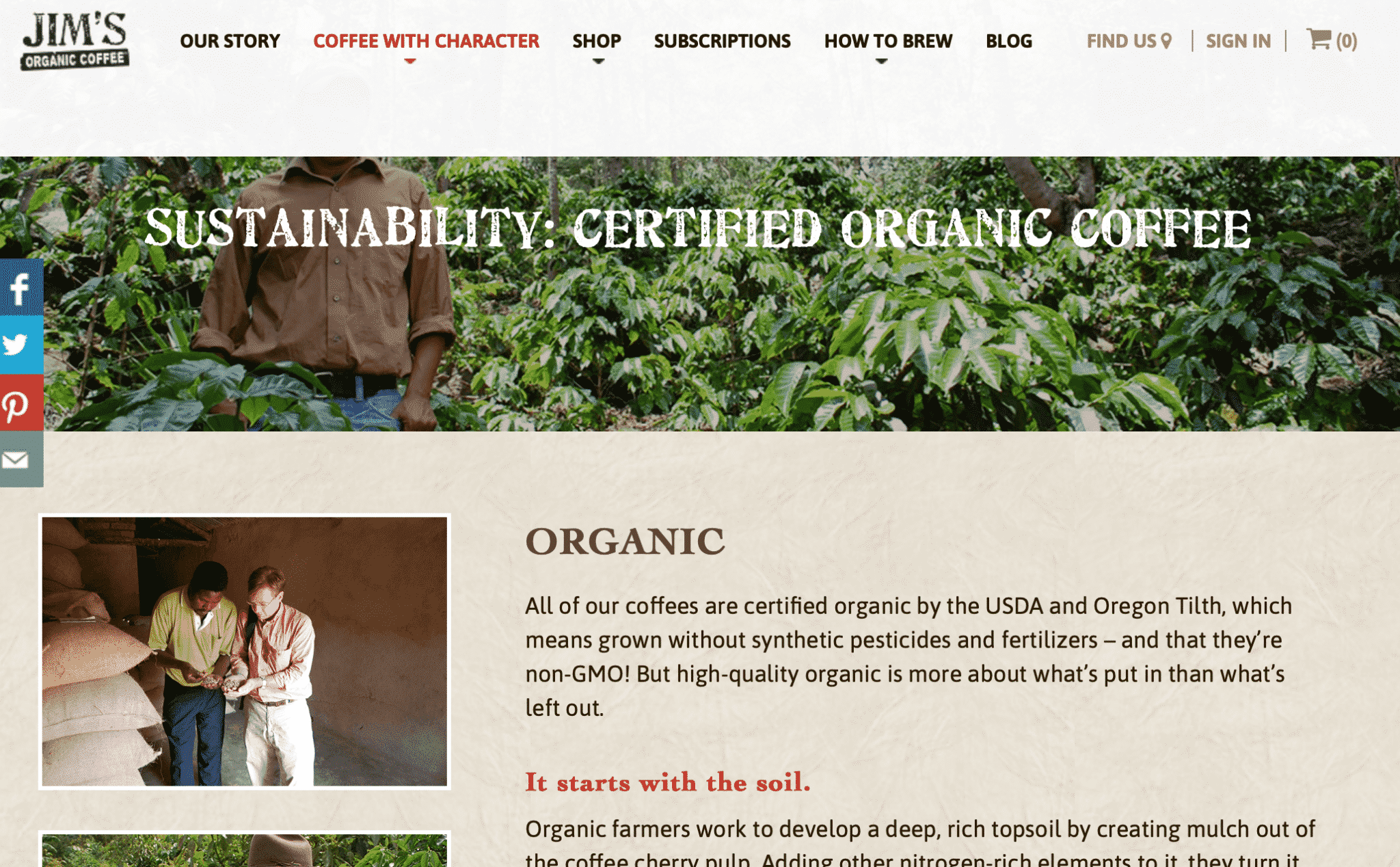
This health/moral USP combination will also be easy to market, and it’s based entirely on the product you have and how you’ve been marketing it already.
2. Check Out Reviews & Feedback
Already have some customers who have purchased from you? They can be a great source of information into why people buy from you, who your audience is, and what they want.
One option is to look at any reviews that people have left on your site. There are often some incredible clues you can find there. People may talk about how the value of quality and price can’t be matched, or talk about how the product is more durable than other options or has unparalleled customer support or new features. This will give you hints as to why they purchased from you, and why they were happy with the experience.
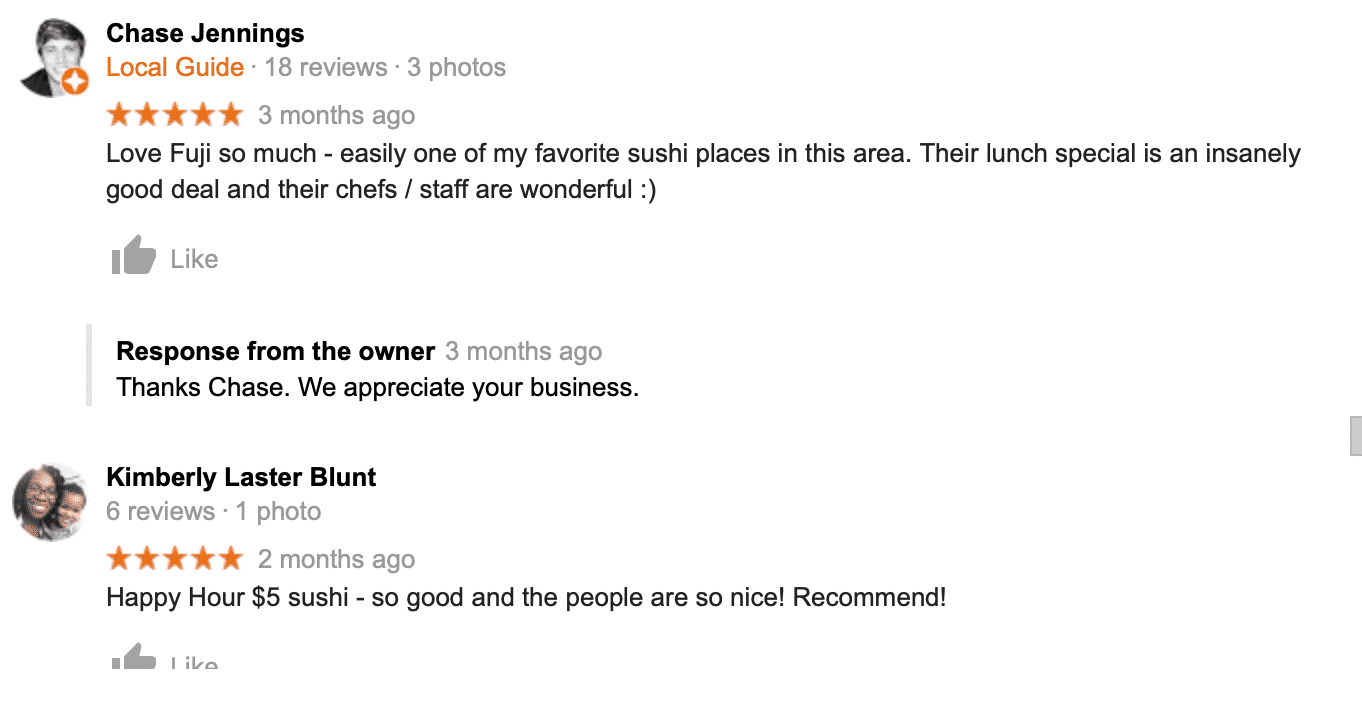
You can also ask your customers directly, sending them a quick survey in the mail. Ask them to rank the importance of different factors (“ethical,” “social impact,” “price,” “customer support,” “return policy,” “fast shipping,”). You’ll be able to see why customers purchased from you, and what appealed to them most.
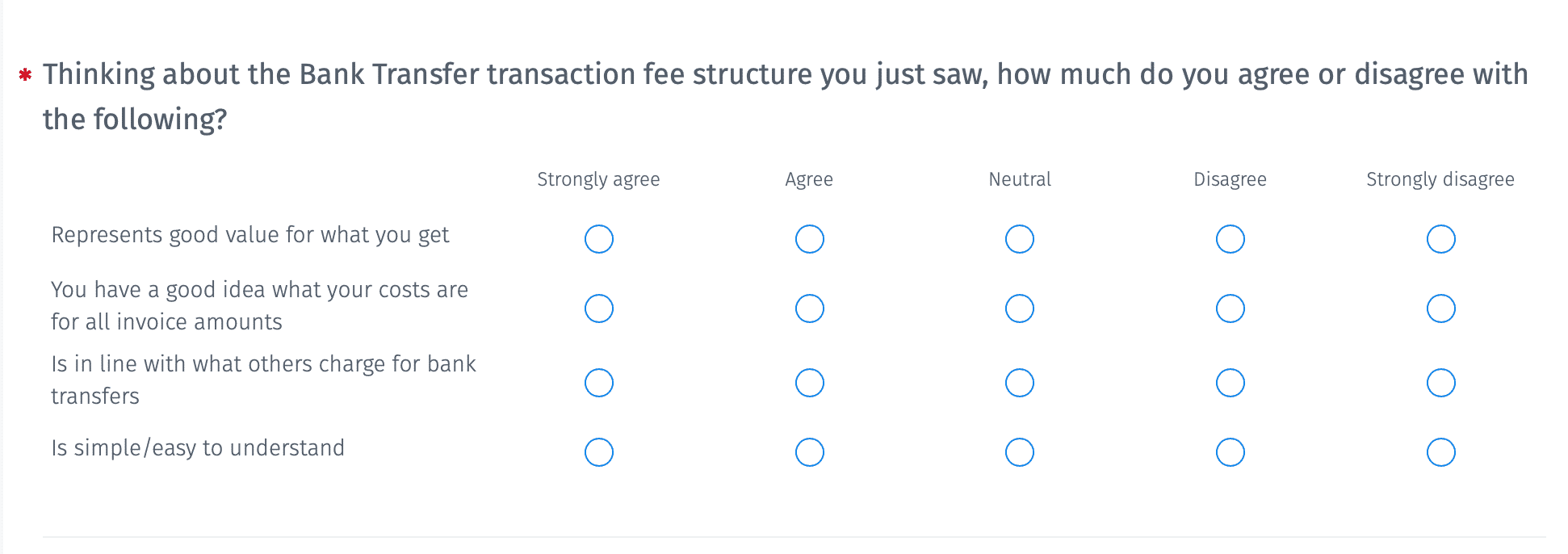
3. Look At Your Competition
Want a clue about where to start with your USP? Take a look at what your competition is doing.
While your USP should absolutely be unique to you (which is a given, considering that’s in the name), competitive research can tell you a lot about what your competitors are already doing, how they’re framing their USPs, and how you can be different.
There are, for example, a ton of different jewelers out there, with dozens of options in a single city at the least. Kays and Jared’s have the lock on convenience (online ordering, warranties you can count on even if you move), James Allen takes the cake for personalization-meets-affordability, and that local place near your house is all about the vintage pieces.
Let’s say you’re a fine jeweler selling custom pieces, or making alterations to already existing pieces to make them custom. Even though all the other stores on the list have that option, make it your big selling point: one of a kind ring, for a one of a kind person.

It’s easier to cement this USP with your brand because no one else is doing it yet, at least not like you are, and that gives you a distinct and marketable edge.
4. Look For Any Unmet Needs
As you’re checking out your competition, prowling reviews (including reviews of other brands), reaching out to customers, and even checking out discussions on social media, keep an eye out for one thing in particular: unmet needs and unaddressed pain points.
It can be hard to believe with so many options out there for anything you could want to purchase, but there are typically niches of customers who are still waiting to find exactly what they’re looking for.
There aren’t many makeup brands that have many shades for women of color, for example. You may find that some of your customers are looking for certain product features that aren’t being offered, and take advantage of that fact to come up with something newer and better to fill the needs.
When you do, tie it into your USP, or adjust your USP if needed.
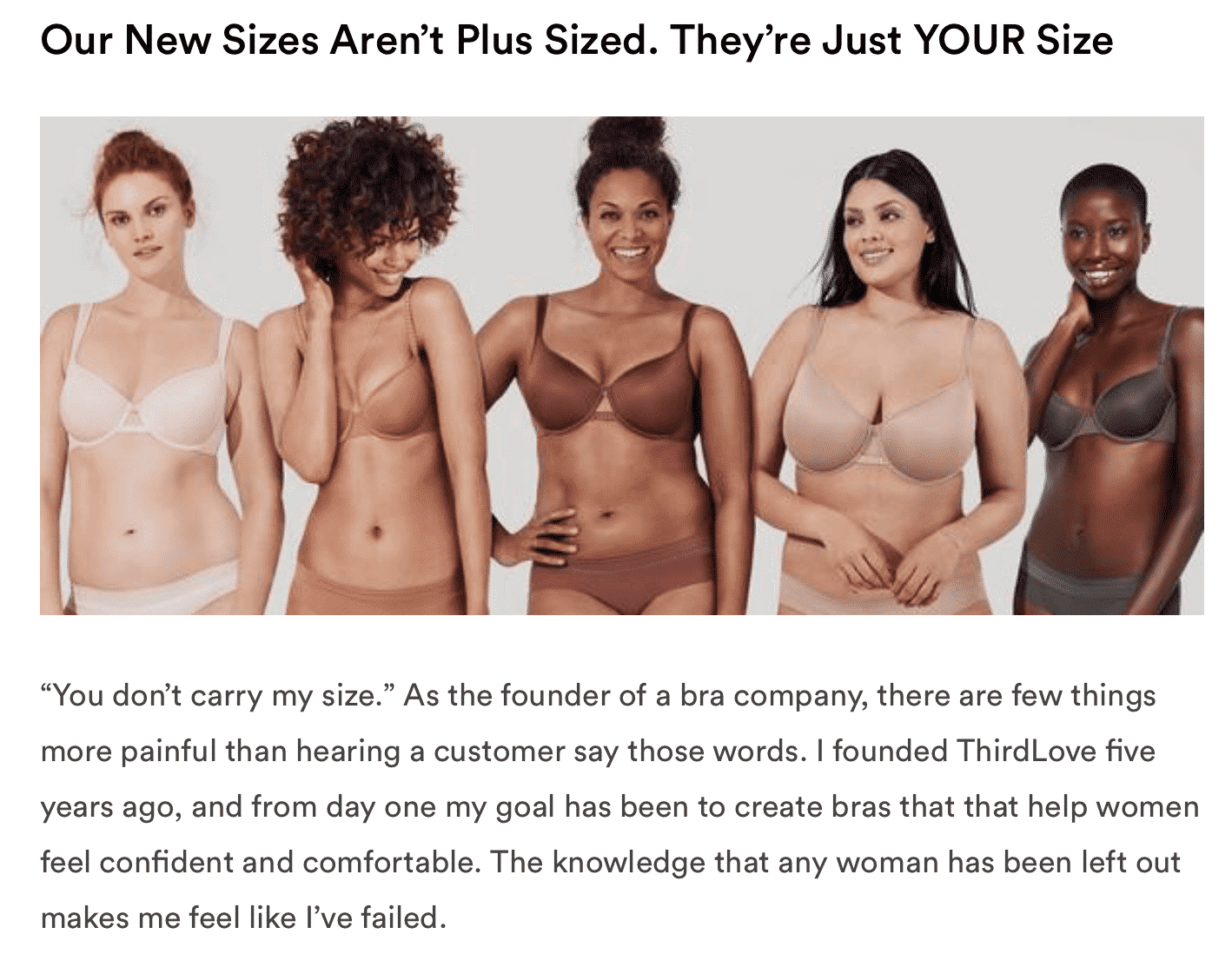
Third Love recently did this. The bra company has always been all about inclusivity and finding the right bra for every person, but they’ve since released more “nude shades” in all colors and have extended sizing many other companies don’t. This is a core part of their USP, and it’s a smart one, because it sets them above their competition from a practical and even ethical perspective.
Conclusion
Your USP is ultimately going to be one of the biggest influential factors in why people buy your products and services, so you need to have a good one.
Typically, your USP should be able to be summed up in a tagline, and explained in a few sentences at the absolute most. It should be simple and easy to understand, like clean makeup or one-of-a-kind-for-you jewelry.
It should also be powerful enough to convince users to convert, and whether it’s powerful enough will depend enormously on how well it aligns with the needs, wants, and pain points of your target audience. Tie everything back in with how it impacts your audience, and as long as you’re able to offer value there, you’re on the way to finding a strong and successful USP to build your brand around.
What do you think? How did you find and develop your brand’s USP? What steps did you take to define it? Share your thoughts and questions in the comments below!


